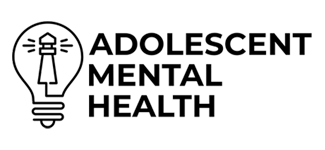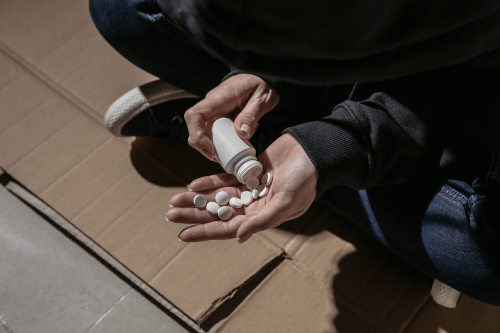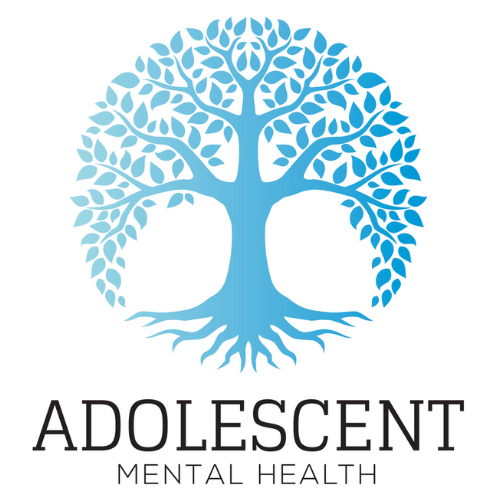Teen Drug Use: What Parents and Teens Need to Know
Teen substance use remains a serious concern across the United States. Many adolescents experiment with illicit drugs, prescription medications, and other psychoactive substances due to a variety of risk factors, including peer pressure, mental health concerns, and a family history of substance use disorder. Understanding current trends and early warning signs is key to preventing teen drug abuse and supporting adolescents with substance use issues.
Current Trends in Teen Substance Use
According to the National Institute on Drug Abuse and data from Health and Human Services, the Initiation of substance use often begins in early adolescence. Many school students report trying nonprescription drugs, counter medications, or prescription pain medications by the time they reach 8th grade or 10th grade.
Illicit drugs, alcohol, and prescription drug misuse are common among 12th graders, with binge drinking and heavy alcohol use posing major concerns. Studies in the Journal of Studies and Addictive Behaviors show that school seniors are at increased risk for substance use if parental monitoring is low or if they are exposed to drug use at home or on social media platforms.
Influence of Social Media on Drug Experimentation

Teen drug content shared online often glamorizes illegal drugs and promotes risky behaviors. Paid advertising, fees from purchases, and influencer culture contribute to the normalization of substance use. This lowers teens’ perception of harm, increasing the development of substance use problems over time.
Popular Substances Among Teens
- Marijuana
- Nicotine vapes
- Alcohol
- Prescription opioids like OxyContin
- Prescription medications like Xanax and Adderall
- Synthetic drugs and anabolic steroids
These substances are often obtained through friends, family, or online. Youth substance access has increased with the use of digital marketplaces.
Risk Factors for Teen Drug Use
Peer Pressure and Fitting In
Teens often face peer influences and social pressure to try drugs. The desire to fit in can outweigh concerns about consequences.
Coping with Life Transitions
Teens experiencing stress, trauma, or major life changes may turn to psychoactive substances. Mental health disorders such as anxiety or depression often co-occur with substance use.
Emotional and Psychological Pain
Teens with mental health issues are at higher risk. Substance abuse is sometimes used as a way to self-medicate. Motivations for substance use can include emotional pain, isolation, and low self-esteem.
Warning Signs of Teen Substance Use Disorders
Behavioral Signs and Changes
- Drop in school performance or academic achievement
- Skipping classes or changes in academic performance
- Withdrawal from family or activities
- Breaking family rules
Physical and Health Indicators
- Red eyes or unusual fatigue
- Changes in appetite or weight
- Poor hygiene
- Possession of illicit substance or paraphernalia
Health Effects of Drugs on Teens

Short-term Effects
- Impaired judgment
- Poor impulse control
- Accidents or injuries
- Legal issues and overdose deaths
Long-term Consequences
- Damage to the adolescent brain
- Reduced brain activation and delayed adolescent brain development
- Disruption in the prefrontal cortex and brain regions linked to decision-making
- Greater risk of addiction in adulthood
Prevention Strategies
Communication Techniques for Parents
- Increase parental supervision
- Keep open, honest communication
- Discuss consequences of alcohol misuse, drug use, and underage drinking
School-Based Prevention Programs
School-based programs and early interventions—like behavioral family therapy and motivational enhancement therapy—can reduce the risk for substance use. Programs funded by the U.S. Department of Health and Human Services and the Centers for Disease Control and Prevention focus on reducing high-risk substance use and promoting protective factors.
Accessing Treatment and Support
Identifying Support Resources
Parents should work with a health care provider, school counselor, or mental health professional to address concerns. The Substance Use and Mental Health Services Administration (SAMHSA) provides a directory of substance use treatment programs.
Treatment Options for Teens
- Outpatient therapy
- Group therapy
- Behavioral family therapy
- Clinical care for mental health and substance use disorder
- Support for co-occurring mental health disorders
Data and Statistics on Teen Drug Use
Nationwide Trends
The National Institute on Drug Abuse reports that nearly one in three 12th graders have used an illicit substance in the past year. Rates of alcohol use initiation and heavy drinking remain high among 25-years-old used drugs and earlier age groups.
State-by-State Comparisons in the U.S.
States with legalized marijuana often report higher teen use. Areas with fewer resources or less parental monitoring also see more teen drug cases.
Impact of Early Drug Use on the Adolescent Brain
The teenage brain is still developing. Early exposure to psychoactive substances can disrupt growth in the prefrontal cortex, responsible for judgment and reasoning. Adolescent overdose deaths and fatal overdoses are rising, highlighting the urgent need for early intervention.
Strategies for Helping Teens Avoid Drugs
Encouraging Healthy Habits
- Promote academic performance and involvement in school activities
- Build strong family rules
- Model healthy behavior and provide emotional support
Providing Educational Resources
Access materials from the American Journal of Psychiatry, Journal of Child and Adolescent Substance Abuse, Journal of Substance Abuse, and the American Psychiatric Association. These resources offer guidance on reducing adolescent overdose fatalities and preventing opioid use disorder.
Adolescent Mental Health in Orange County offers teen-focused mental health and substance use treatment programs. Our team supports teens dealing with mental health issues, teen substance abuse, and co-occurring disorders. Contact us today to learn more about how we help teens and families heal together.










